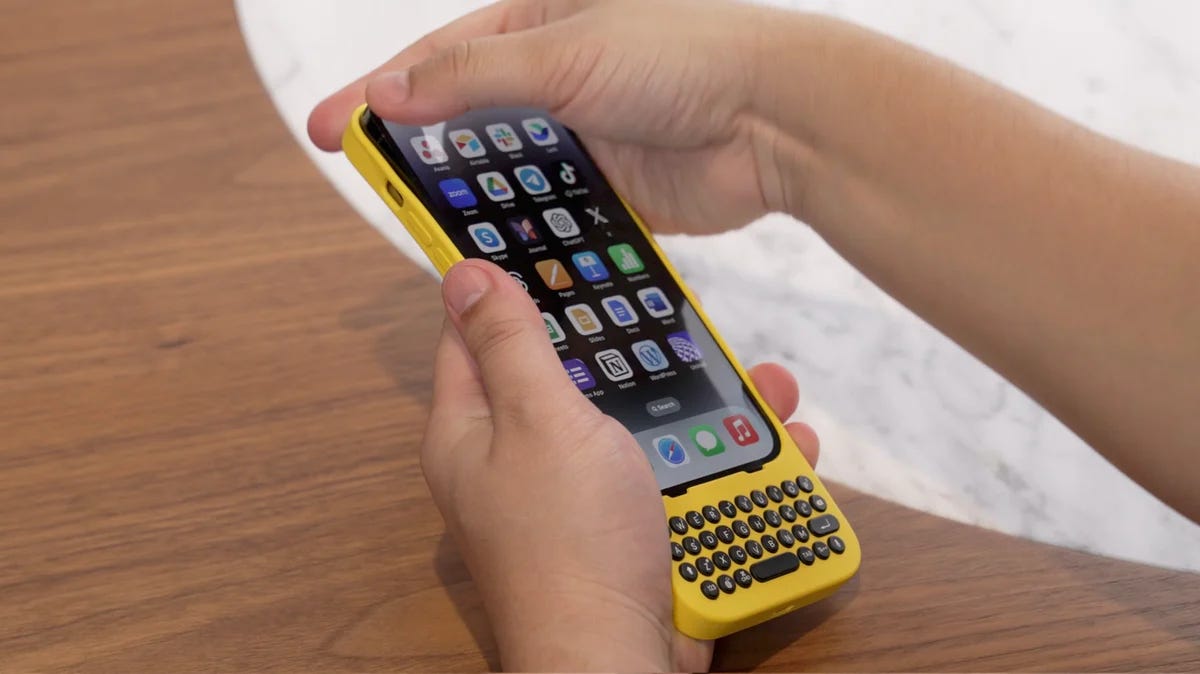The rise and fall of BlackBerry.
How a major contender in the phone market relegated to an IT support company.
The Rise and Fall of BlackBerry
BlackBerry, a name synonymous with secure communication for a generation, had a meteoric rise and a humbling fall in the fast-paced world of mobile technology. Its story offers valuable insights into innovation, adaptation, and the ever-changing landscape of consumer preferences.


The Early Days: Research In Motion and the Pager Revolution (1984-1999)
The story starts in 1984 with Mike Lazaridis and Douglas Fregin, two University of Waterloo engineering students in Canada. Their company, originally called Research In Motion (RIM), focused on developing wireless data transmission technology. Their initial success came with pagers, a popular communication tool at the time. RIM's pagers, known for their reliability and security, gained a loyal following in business circles.
The Dawn of the Smartphone: The Iconic BlackBerry (1999-2007)
In 1999, RIM unveiled the BlackBerry 850, a groundbreaking device that blurred the lines between pager and cellphone. It offered email functionality, a novel feature at the time, alongside a tiny physical keyboard, a design choice that would define BlackBerry for years to come.
The early 2000s saw the rise of the "CrackBerry" phenomenon. BlackBerry's focus on security, reliability, and push email made it the go-to device for busy professionals. Features like BlackBerry Messenger (BBM), a secure instant messaging platform, further solidified its position as a communication powerhouse.
Several factors contributed to BlackBerry's dominance:
Security: BlackBerry's encryption technology was unmatched, making it ideal for businesses handling sensitive information. Governments and corporations across the globe relied on BlackBerrys for secure communication.
Focus on Productivity: With its physical keyboard and features like email and organizer functions, BlackBerry became a productivity powerhouse, catering perfectly to the needs of busy professionals.
Status Symbol: Owning a BlackBerry became a status symbol, a badge of importance and connectivity in the business world.
The Turning Point: The iPhone and the Rise of the Touchscreen (2007-2011)
The year 2007 marked a turning point. Apple launched the iPhone, a revolutionary device with a large touchscreen interface and a user-friendly app ecosystem. Consumers were captivated by the intuitive experience and the vast array of applications the iPhone offered. BlackBerry, initially hesitant about the touchscreen technology, clung to its physical keyboard design, a decision that would prove costly.
Missed Opportunities and Internal Struggles (2011-2013)
While competitors like Apple and Google's Android platform embraced touchscreens and app stores, BlackBerry remained slow to adapt. Internal disagreements and a reluctance to change further hampered their progress.
By 2011, cracks began to show. User frustration with the outdated physical keyboard design mounted, and the lack of a robust app ecosystem compared to competitors became a significant disadvantage. BlackBerry's market share began to plummet.
Desperate Measures and a Change of Identity (2013-2016)
In a desperate attempt to regain market share, BlackBerry released touchscreen smartphones like the BlackBerry Z10. However, it was too late. Consumers had already shifted their allegiance to user-friendly touchscreens and the app-driven experience offered by Apple and Android.
In 2013, RIM officially rebranded itself as BlackBerry, hoping for a fresh start. However, the damage was done. By 2016, BlackBerry exited the smartphone market altogether, licensing the brand to other manufacturers.
The Legacy of BlackBerry: Beyond the Smartphone
While BlackBerry's dominance in the smartphone market ended, the company itself didn't disappear. They shifted their focus to cybersecurity software, leveraging their expertise in data protection to cater to the growing need for enterprise security solutions.
BlackBerry's story offers valuable lessons:
Importance of Adaptation: The tech industry is constantly evolving. Companies that fail to adapt to changing consumer preferences and technological advancements risk losing their footing.
Innovation is Key: While BlackBerry had a first-mover advantage, they rested on their laurels for too long. Staying innovative and anticipating consumer needs is crucial for sustained success.
The Power of Brand Loyalty: BlackBerry's loyal user base, especially in the business world, took years to erode. Companies that build strong brand loyalty have a safety net during challenging times.
BlackBerry's rise and fall serves as a cautionary tale in the competitive world of technology. It reminds us that even the most dominant players can be disrupted by innovation and a failure to adapt.
Earlier this year, a tech YouTuber with a team of others founded a new company “Clicks“ in the memory of the old BlackBerry phones. Initially supporting only the latest iPhone models, the product is a phone case with a physical keyboard similar to the BlackBerry phones to allow you have the entire full screen of the phone to yourself. It also brings back the click feel of a physical keyboard.





